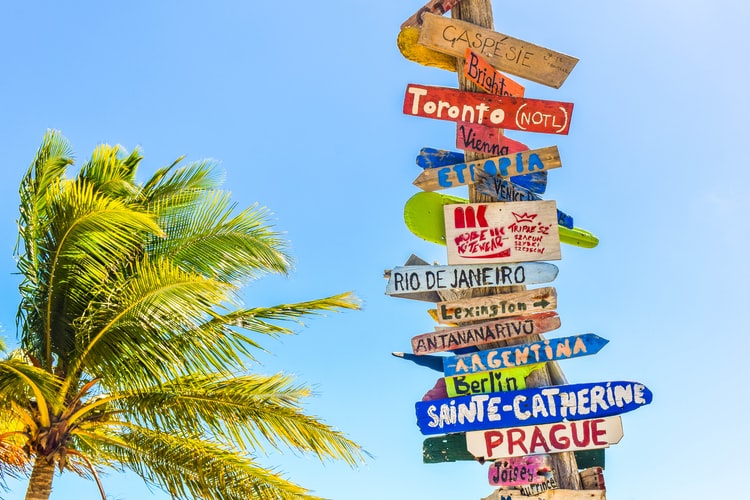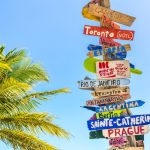Motivation of the tourists stems from the domain of human psychology. It is the satisfaction-forming factor. The factors of motivation can be categorized into two types −
Internal Factors of Motivation
Internal factors arouse, direct, and integrate a person’s behavior and influence his decisions for travelling.
● Intrinsic Motivation − For many people, tourism is a way of satisfying their psychological needs such as travelling, performing leisure activities, exploring novelty and capabilities, self-expression and self-assurance, creativity, competition, need for relaxation, and belongingness. The intrinsic motivations pertain to assuring one’s capabilities on different emotional fronts. Intrinsic motivation drives the tourists to opt for tourism for intangible rewards such as fun, assurance, and other emotional needs. The other intrinsic factors of motivation are
○ Attitudes of Tourist − Knowledge of a person, place, or object + Positive or negative feelings about the same.
○ Tourist’s Perception − By observing, listening, or getting knowledge, a tourist forms the perception about a place, person, or an object.
○ Values or Beliefs − A tourist believes or values a specific mode of conduct which is acceptable personally or socially.
○ Personality of the Tourist − The nature and physique of a tourist plays an important role towards motivation in tourism.
External Factors of Motivation
There are external motives in tourism that can influence tourists and pull them towards a certain motivation and subsequent decision.
● Extrinsic Motivation − Here, a tourist gets motivated by external factors such as money and the need to feel competent on the scale of expenditure and performance.
● Place of Origin − The grooming of the tourist depends upon the place of its origin. For example, for the Indian married women, the tourism might come last in the list of preferential things they wish to do whereas for American ladies, tourism would acquire much higher rank.
● Family and Age − The family matters when it comes to the structure and the income. Today, the families with nuclear structure and double income tend to opt for long distance, extravagant tourism more than joint families or families with single earning member who are interested in visiting domestic places. The tourists also have different preferences of places according to their age. For example, tourists in the age group of 5 to 45 years might enjoy visiting destination in the USA such as Disneyland more than the senior citizens.
● Culture or Social Class − Tourists of different cultures prefer different places, events, and different types of tourism. In addition, if friends and families who have visited a place earlier spread the first hand information that motivates the others to visit the place too.
● Market − Ever-changing market variables alter tourism. Changes in value of currency, political situations, and economic well-being of the country influence the decisions of a tourist.

